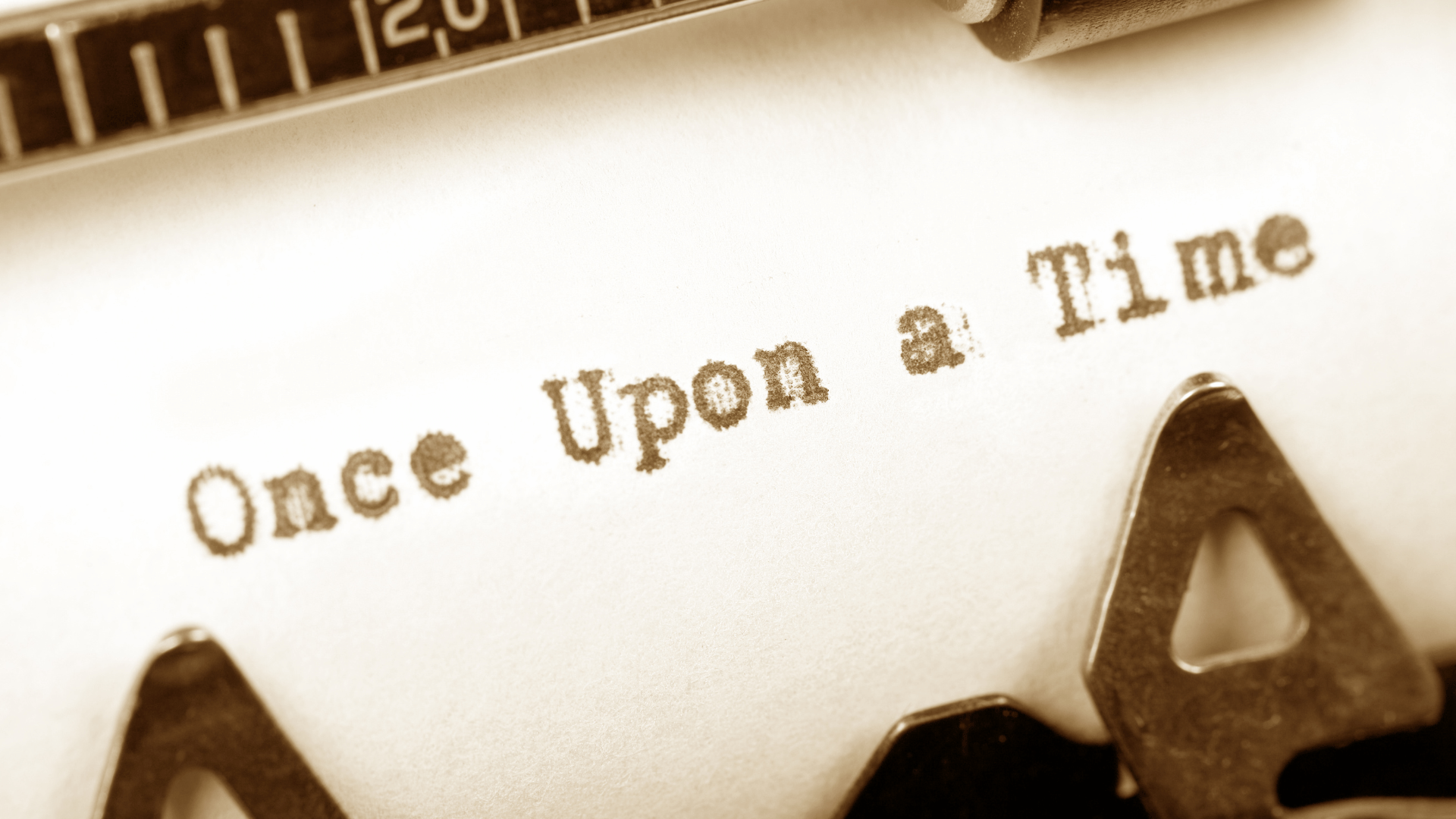Using stories in marketing is a powerful way to engage customers, entertain them, and convey how your products and services can improve their lives. One effective way to do this is Story Selling, which involves using your storytelling skills to sell the customer on your product or service. Here are five types of stories you can use for Story Selling that will convert:
Your Brand Story
Before you tell your brand story, you must establish what makes your company unique. It’s essential to find a way to connect with your customers on a personal level so they can relate to you and your brand. In addition, you need to set yourself apart from your competitors.

With a brand story, you examine the way your company has evolved over its history and how different historical events have shaped your story. You also look at the values and principles that underlie your business. And you tell the story of how your brand came to be. During all these stages, you want to ensure you’re staying true to your brand’s core value while making it easy for customers to understand.
A brand story tells the world why your product is unique and why your customers should buy it. It’s not just about the features but also the benefits it provides for them.
A brand story can help you sell your products in several ways.
1) It makes your product more relatable. People like to feel like they’re part of something bigger than themselves, and sharing a common goal with other customers will make them feel like they belong to an exclusive club. This sense of belongingness makes them more likely to support your business and purchase from you again.
2) A brand story gives credibility to your business. If you can show that your product is backed by research or that it’s being used by famous people (or both), then potential customers will be more inclined to trust your claims and buy from you instead of going with a competitor who doesn’t have any proof behind their claims.
When you sell a product or service, prospective customers buy an experience. A brand story helps you sell that experience.
The best brand stories are authentic and human and give people a real sense of who you are as an entrepreneur, as well as who you are as an individual.
Convey Your Values
When you’re starting to tell your brand story, you can introduce key values at the outset. You can also use these values as a way to build your brand story by using them as metaphors. For example, one grocery brand uses the metaphor of a community to describe the values of healthy eating. This brand uses visuals like a mural honoring community members and featuring people of different races and ethnicities sitting down to enjoy a healthy meal together. At the same time, you can also use your brand’s values in the story you’re telling. Choosing which values to include in your narrative is a little like framing a narrative in a photograph. You want to show enough of each value to come through but not take away from the overall message.

Your Backstory
At the beginning of your brand story, you want to tell your backstory—how your company came to be. You can explore your brand’s origin and how it evolved into its current form. You can also look at how your brand got its start and how you built it into something profitable. While this part of your brand story should be about your company’s history, it should also highlight the values present in your company today. This is especially important for newer brands trying to establish an identity and build customer trust.
Before and After
As you tell your brand story, you can also show customers what the company used to be like and how it has changed. It gives them a better idea of the type of company they should expect to work with and the quality they can receive from you in the future. You can use before and after images to show customers how your business has evolved. For example, you can use before and after pictures to show how your company has evolved over the past five years or how it looked when it was first created.

Customer Story
Marketing your business by using customer stories can be an effective way to connect with potential clients. Customers or clients who share stories of their favorable experiences with your products or services make it easy for your audience to relate to them. They see themselves in these stories.
Customer testimonials are vital to showing the value of your product or service. Ask your best customers to share their story—if their life has truly been changed for the better by your offering, they’ll be happy to do it. You may have to obtain more information, but if someone writes a positive review for you online, ask them if you can create a story based on their review. This is “social proof” content that demonstrates your achievements for others.
Put Your Customer in the Main Role
At the end of your brand story, you want to close out with a closing that puts your customers in the primary role. This is especially important for eCommerce brands that want to build customer trust by offering a great experience. For example, you can use a closing like “We’re dedicated to giving our customers a great shopping experience. Please let us know if you have any feedback or concerns about your orders.” By closing with a customer-focused message like this, you’re showing customers that you care about their experience enough to offer a way to voice any concerns or complaints they may have.
Conclusion
As you can see, businesses need to create an engaging brand story to help build trust and loyalty with clients. Nowadays, people are much more guarded and discerning about the brands they partner with. With so much competition, companies need to do everything they can to stand out. By creating a brand story that resonates with your audience, you’re one step closer to building a lasting relationship with your customers.

